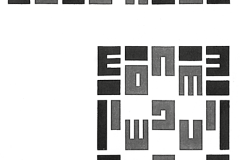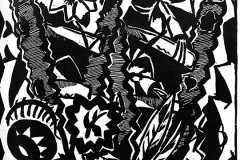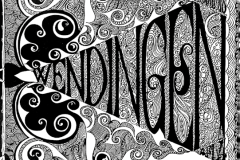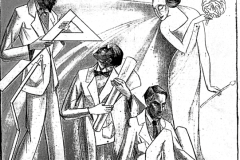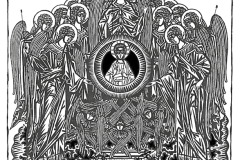Wendingen Cover Stories
A Unique Dutch Magazine and its Hungarian Implications
Text: István Németh
The Wendingen journal, which was launched at the same time as De Stijl in January 1918 and, like De Stijl, continued to be published until the early 1930s, owed its contemporary popularity and international fame perhaps above all to its unique image, its unparallelled typographic solutions and the thematic diversity of the articles it published. Wendingen was initially the journal of the Amsterdam-based Dutch society Architectura et Amicitia („A et A”), which was mainly made up of architects and which also published the architectural journal Opmerker from 1883 and Architectura from 1893 on. What perhaps distinguished Wendening from the others was that the covers of almost every issue were designed by a different artist, and as a result these covers were in a sense works of art in their own right. Although the headline on the inside pages of the magazine said that Wendingen was a journal of architecture and decorative arts, in fact each issue covered much more than that, including current issues in theatre and dance. The journal is also often referred to as the mouthpiece of the group of architects known as the Amsterdam School, and not without reason, since around 1916, the young architects who dominated the board of Architectura et Amiticia were the very ones who would soon afterwards give the journal its name. From 1920 onwards, the Wendingen journal also published thematic issues on current artistic trends in architecture, sculpture and applied arts in certain countries. Interestingly, the first such thematic issue 1920/5 was the one on Hungary.

